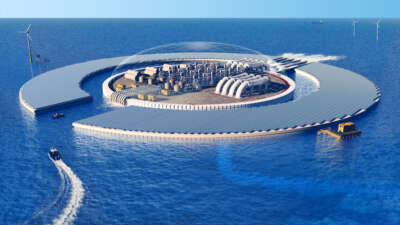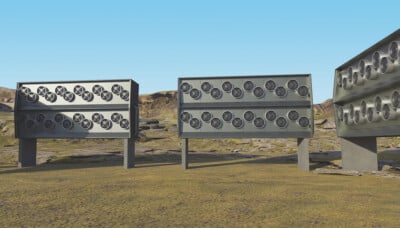Air-Based Meat

- Eating from the air: What sounds like science fiction originally comes from NASA
- Photo: Air Protein
A US company is using NASA-technology to ferment meatless protein from thin air.
“Imagine you are a part of a crew of astronauts traveling to Mars or some distant planet. How would you feed that crew of astronauts with limited resources in the closed system of a spaceship?” This is how Lisa Dyson frames her initial idea in setting up Air Protein. She has applied the problem of producing food aboard a space vessel to the spiralling demand and dwindling resources on Planet Earth.
Today, about 37% of the world’s surface is reportedly used for food production, producing 20% of global greenhouse emissions, while food demand is set to rise astronomically with the world’s population. Considering meat production is responsible for a major share, the key is finding alternative ways of supplying the protein the masses crave.
In keeping with its bold name, the Californian company effectively does use air to produce protein. Their “vertical protein farms” combine carbon dioxide, oxygen, and nitrogen, with water and mineral nutrients. Essentially, specific microbes farm CO2 and transform it into amino acids in a fermentation process similar to wine production. The end result is a protein-rich flour, ready to be whipped up into all kinds of meatless products. It might sound straightforward, but it is rocket science – it’s based on a procedure developed by NASA scientists to feed astronauts.
Compared to traditional beef production, the system apparently requires 1.5 million times less land, and 15,000 times less water. It’s hugely time effective, with proteins produced in hours rather than months. The vertical farms mean much lower land usage. And there’s no need to watch the weather. The startup raised $32 million Series-A funding in January, with GV (formerly Google Ventures) and Barclays among the takers.















